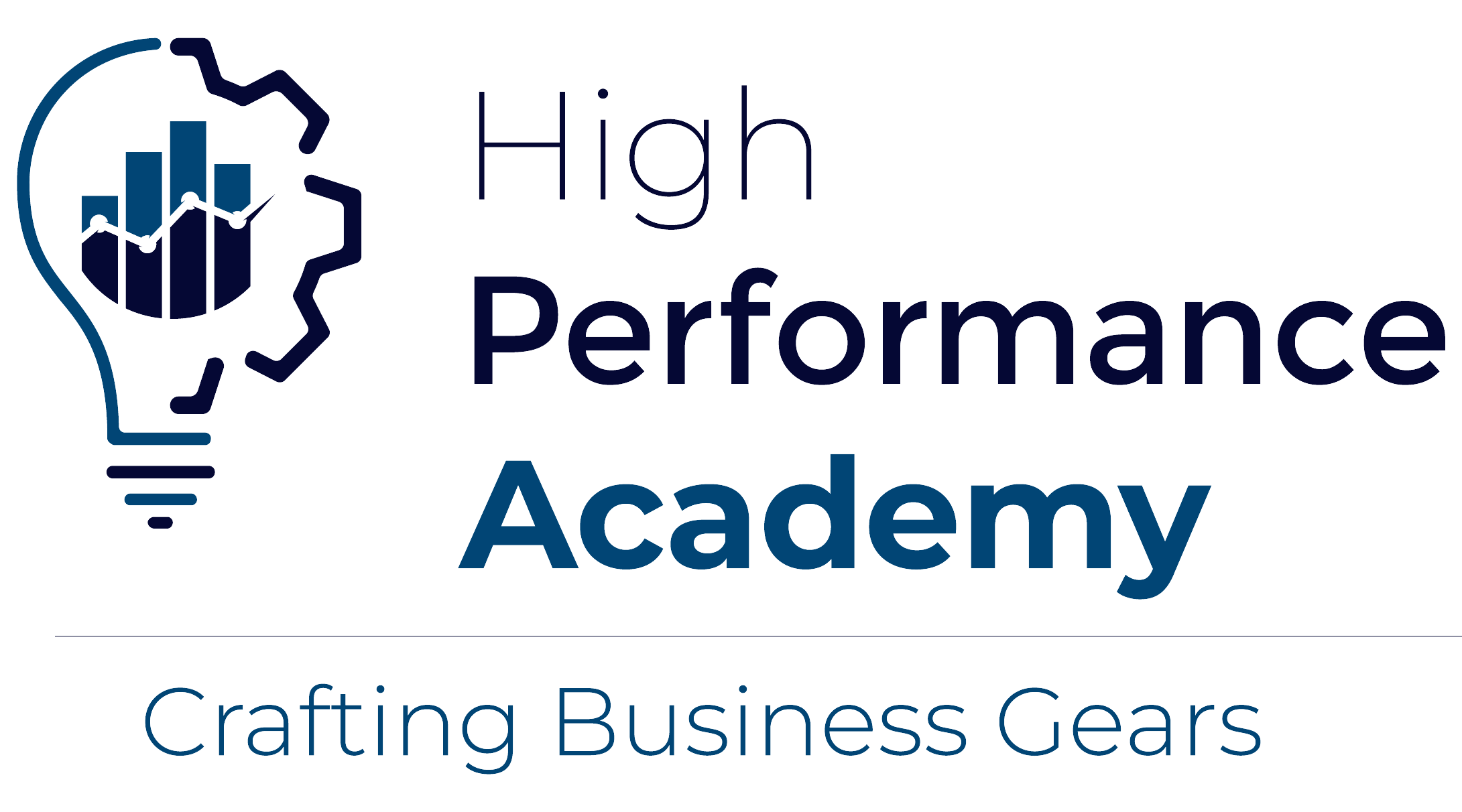Supply chain systems and ERP system
Daily you hear the word of “supply chain system”, what is the first thing jumps to your mind when you hear this? Is it software systems as ERP “Enterprise resource planning” like SAP, Oracle, Microsoft or others?
If the answer is “Yes”, let us tell you that the answer not accurate!
Why? Because Supply chain system is the manual systems that links all functions, activities, employees and departments that involved in supply chain cycle together in complete integrated solid system to synchronize all activities together.
The synchronizing and linkage is the core of supply chain systems. The synchronization leverage the system with two main benefits:
First, the output of each activities will be valid to be an input to the succession activity.
For example: Procurement departments bought the required raw material in the least price with the shortest delivery time. So, Procurement department achieved its goal (bought items, lowest price & shortest lead time). But may be the production will be not satisfied. Why? Because may be the raw material will not in the required level of quality that the production need to produce the product. So, the output of the procurement is the input of the production. Hence, the communication between the dependent departments should be effective to ensure that the output from each department will be valid to be an input of the next department.
Second, Synchronizing: If there is any change within any activity which will affect positive or negative on whole cycle, the system will change the dependent activities automatically.
For example: If the supplier changed the delivery of the raw material to be two weeks later and this information clicked on the system, this change will appear automatically in the production department that the raw material will be received two weeks later and the warehouse will receive the finished goods two weeks later. Also the finance will receive that the expected payment collection of the product will be two weeks later. When all the stakeholder departments noted that? If all of them are connected in the same system through right solid base
To provide the end customer with the suitable solution (product or service), you have to have a solid supply chain system. Solid supply chain system means clear output from each activity to be a clear input to the succeeding activity or activities.
To do that, you should to define the dependent activities also define clearly what the activities that will get benefits from the predecessor activity.
If you did that, you can say that you have a “supply chain system”. Firstly, you should have it manually then you can automate it through software as any ERP system as SAP, Oracle or Microsoft.
The role of the automated supply chain system is just facilitation of supply chain activities to ensure that the product will deliver to the end customer in the right way, at right time & suitable price. ERP also save time, effort & money through develop the communication between all stakeholders.
May a company have a solid manual software system on papers or excel sheet achieves a successes more than another company have an ERP system but bases on a weak supply chain system.
What does weak supply chain means? It means that the linkage and relation between activities not clear and there is no synchronizing between supply chain departments. So, any automated supply chain system “ERP” will not achieve the objective from it.
The conclusion ERP system is not Supply chain system, but it is an automated Supply chain systems.
ERP system is very important and facilitate the activities of the supply chain cycle but without a solid strong manual supply chain, the paid investment on ERP system will be a wasted investment as the Return on Investment (ROI) will not be satisfying.
From cost benefit perspective, it will not achieve the objective from installing it in your company.
The optimum solution is the integration between strong manual supply chain system and smart automated system. The result will be sustainability and profitability.
hpa | Supply Chain Sector
Tag:Supply chain




